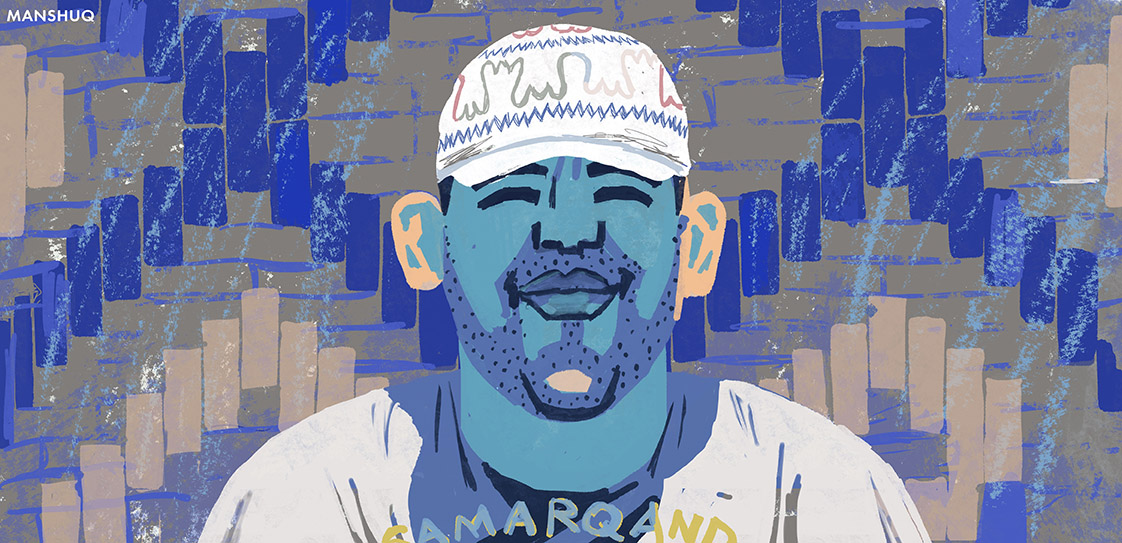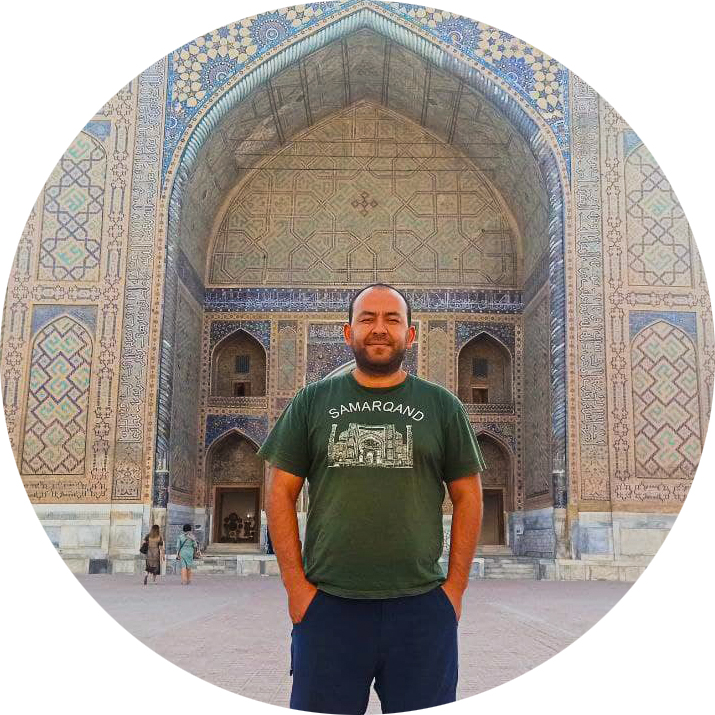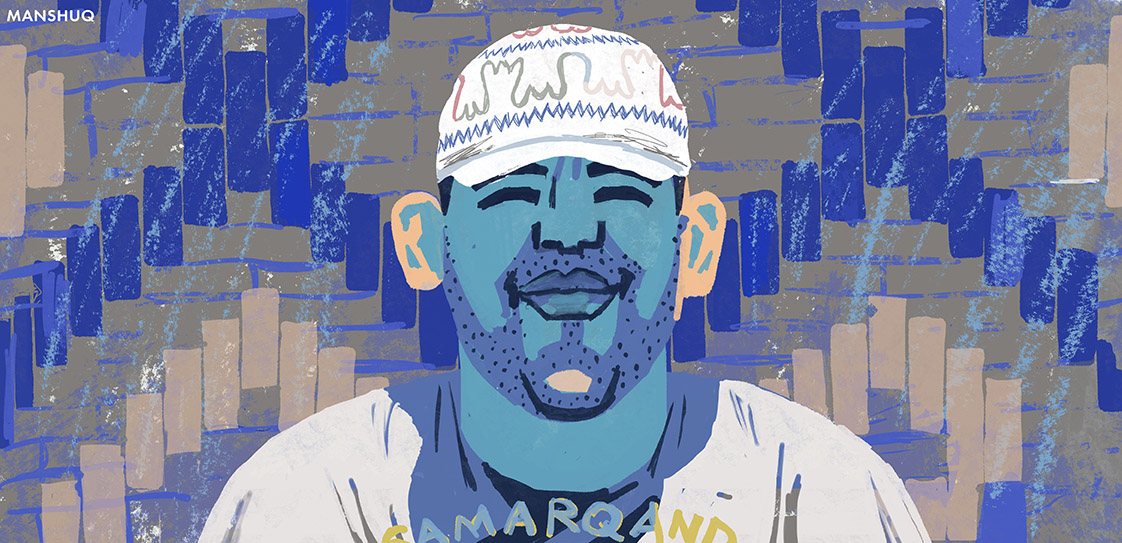
A Weekend in the Capital of Uzbekistan, or There’s No Tashkent Tea in Tashkent
Tatyana Fominova

Culinary Delights in Tashkent
This tradition helps to strengthen social ties and solidarity and is part of the community’s cultural identity. In 2016, palov was inscribed on UNESCO’s Representative List of Intangible Cultural Heritage.
“And do you know anything about Uzbek beers? We do produce beers and wines. There are a lot of different flavors, and they also differ in alcohol content – how would you know the difference if you saw the label for the first time without a guide?”
Tashkent’s Attractions
Soviet Architecture in Tashkent
“The Soviet period is known for very ambitious buildings. The Lenin Museum, for example, is an unusual square building bearing typical signs of the classic Soviet style. And all this has been preserved. Tashkent and Uzbekistan are unique in that a wide variety of architecture has survived here and one can see everything at once – the old medieval cities of the Kokand and Bukhara Khanates, the Russian Empire buildings such as the current Law University that was built as a school during the times of the Turkestan Governorate, the Romanovs’ summer residence, the Soviet architecture, or the structures dating back to the Alan tribes.”
Environs of Tashkent
UNESCO's Memory of the World Program was created to preserve documentary heritage and memoirs reflecting the diversity of languages, peoples and cultures around the world and to raise public awareness of their importance.
The contents of this material are the responsibility of the author and do not reflect the views of the European Union.

